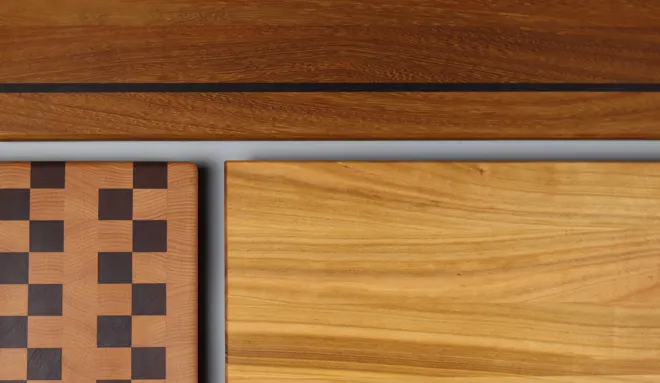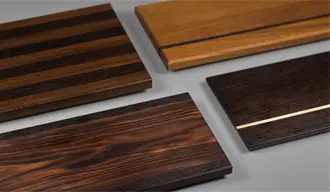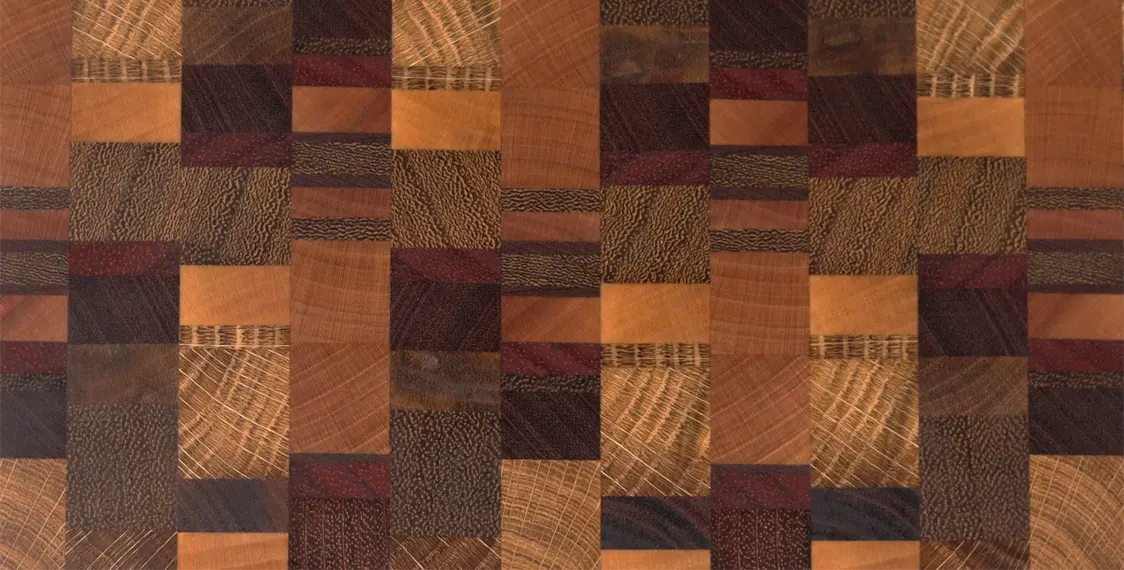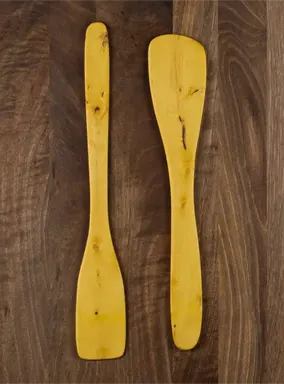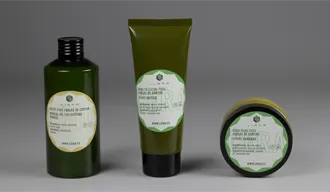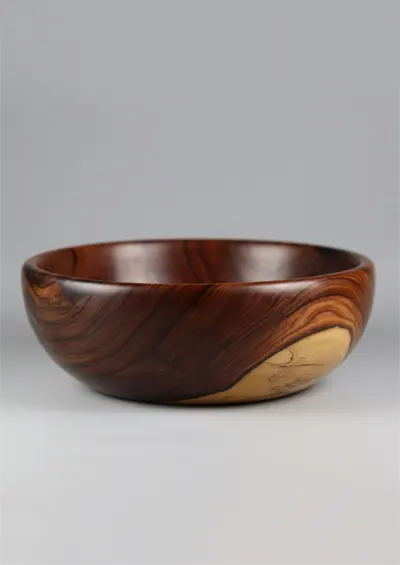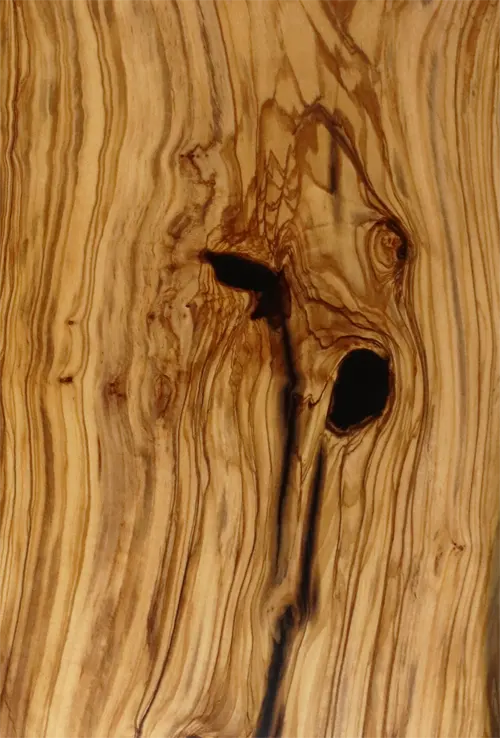Pink Ivory Wood
Pink ivory wood is one of the most exclusive and appreciated woods in the world.
Its vibrant color and exceptional physical properties make it a favorite choice for artisans and collectors. In this article, we will explore in depth its characteristics, uses, and particularities.
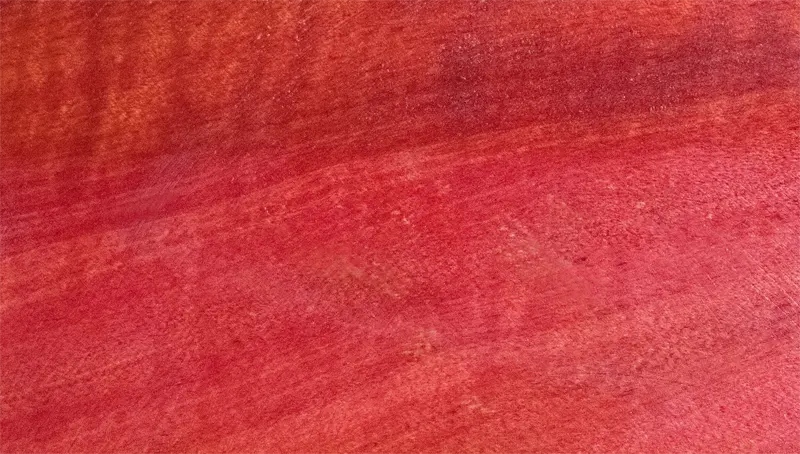
What is pink ivory wood?
Pink ivory wood is a tropical wood that comes from the Berchemia zeyheri tree, also known as Phyllogeiton zeyheri, native to southern Africa, especially countries such as South Africa, Zimbabwe, and Mozambique.
Historically, this wood was reserved for Zulu royalty, and its possession by unauthorized persons could be punishable by death. Today, it is still a protected wood and its felling is strictly regulated.
Properties of pink ivory wood
This wood stands out for its color, which varies from pale pink to deep red. Its grain is fine and uniform, with a texture that is soft to the touch.
In addition, it has a natural glow that enhances its beauty. It is an extremely dense and hard wood, which makes it resistant to wear and pest attack.
Technical characteristics
Below is a table with the main technical characteristics of pink ivory wood:
| Property | Value |
|---|---|
| Scientific name | Berchemia zeyheri |
| Density | 990–1100 kg/m³ |
| Janka hardness | 3,230 lbf (14,370 N) |
| Modulus of elasticity | 15.12 GPa |
| Compressive strength | 80.2 MPa |
| Radial contraction | 4.8% |
| Tangential contraction | 7.2% |
| Volumetric shrinkage | 12.1% |
| Grain | Straight to interlaced |
| Texture | Fine and uniform |
| Natural durability | Very high |
Common uses
Due to its beauty and properties, pink ivory wood is used in:
- Turning and artistic carving.
- Knife and tool handles.
- Jewelry and decorative objects.
- Musical instruments, such as inlays in guitars.
- Billiard cues and chess pieces.
Benefits and considerations
Advantages:
- Unique and attractive color.
- High durability and resistance.
- Smooth and shiny finish.
Considerations:
- Difficult to work with due to its hardness.
- High cost and very limited availability.
- Its vibrant color tends to darken irretrievably with the passage of time.
Frequently asked questions about pink ivory wood
What makes pink ivory wood so special?
Its combination of vibrant color, exceptional hardness, and rarity make it one of the most sought-after woods in the world. In addition, its cultural history and exclusive use by Zulu royalty add historical and symbolic value.
Why is pink ivory wood so expensive?
The scarcity of mature trees, strict regulations for their felling and export, and high demand in luxury markets raise their price considerably. That said, it is not considered an endangered tree species.
It is one of the most expensive woods available on the market, it is usually only found in small format for the realization of small pieces such as knife handles, pens, turning, etc.
Is the use of this wood sustainable?
The acquisition of this wood is linked to collecting and the market of small luxury objects due to the almost zero felling of these trees.
That said, it can be understood that it is not sustainable wood since most of the wood currently marketed comes from trees cut down decades ago and it is not expected to increase the production of this wood, so its availability will decrease over the years.
How should pink ivory wood be cared for?
To maintain its color and shine, it is advisable to avoid prolonged exposure to direct sunlight and apply protective oils or waxes periodically. This will help delay the color change and retain its original appearance.
Where can I buy pink ivory wood products?
Given its rarity, it is common to find it in stores specializing in exotic woods or through online distributors that offer certified pieces. It is important to verify the authenticity and sustainable origin of the product before making a purchase.
Otras entradas del blog
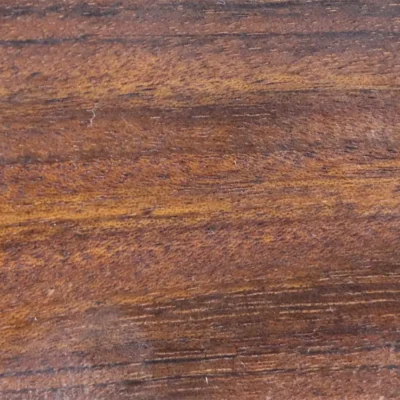
Mongoy Wood: Uses and Characteristics
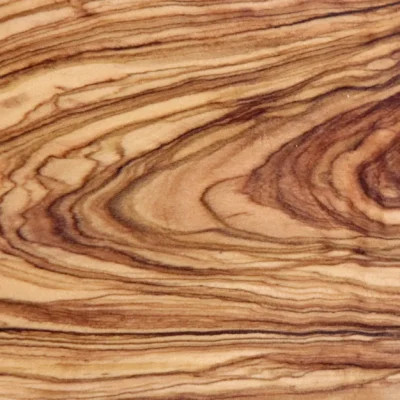
10 Types of Wood: Complete Guide
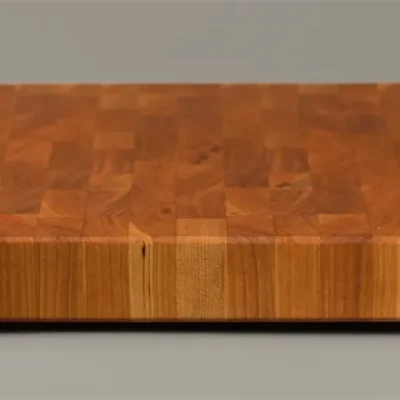
Noble Woods: What they are and common species
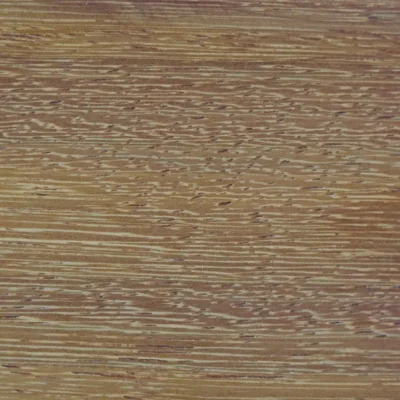
Iroko Wood: Uses and Characteristics
Nuestras tablas de cortar:
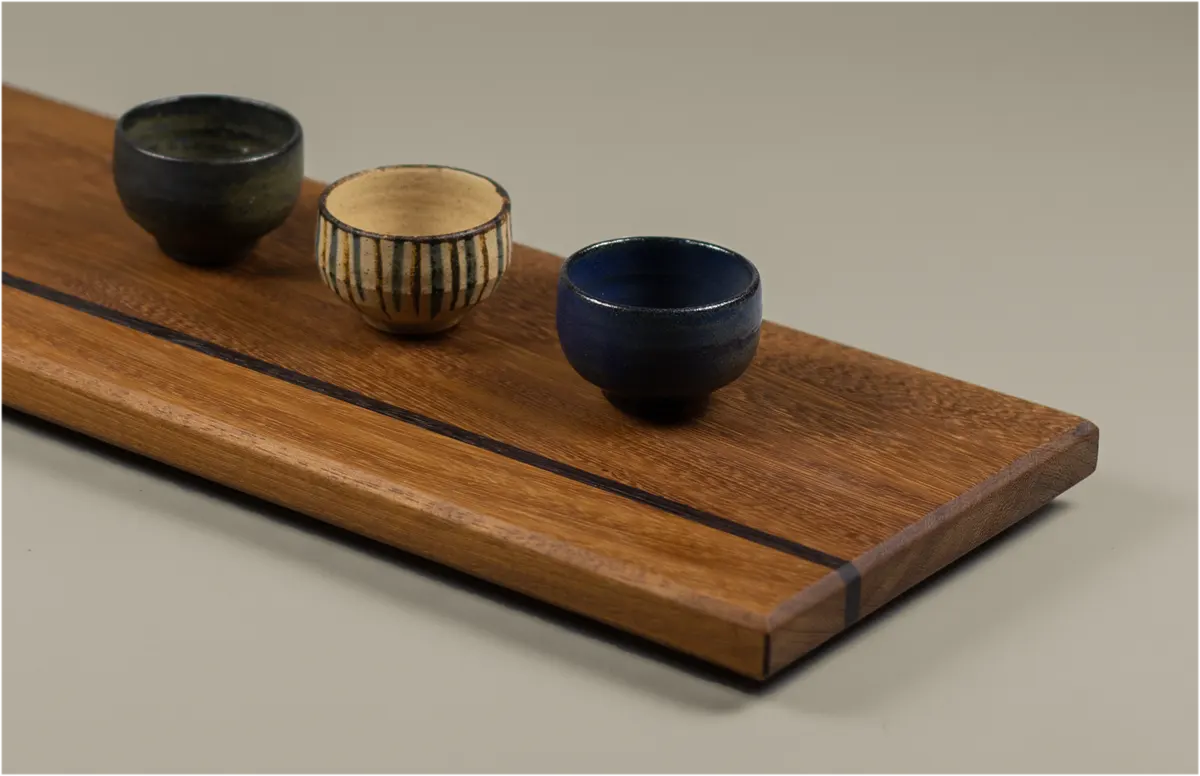
ARGILLA
long charcuterie board
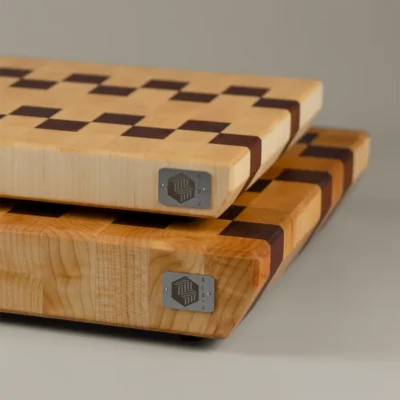
Rubra
butcher block
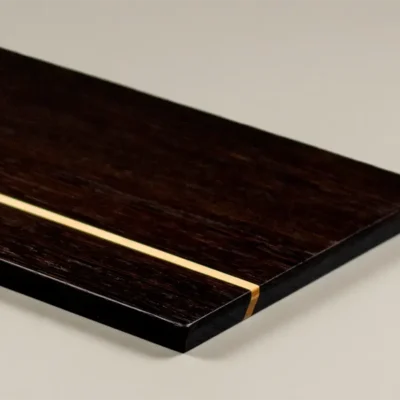
NIGRA
serving board
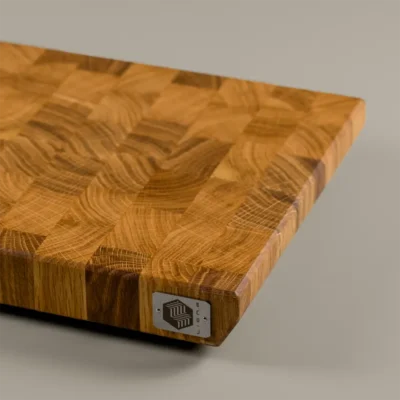
Pura
Oak oak butcher block
Pura
Oakoak butcher block
